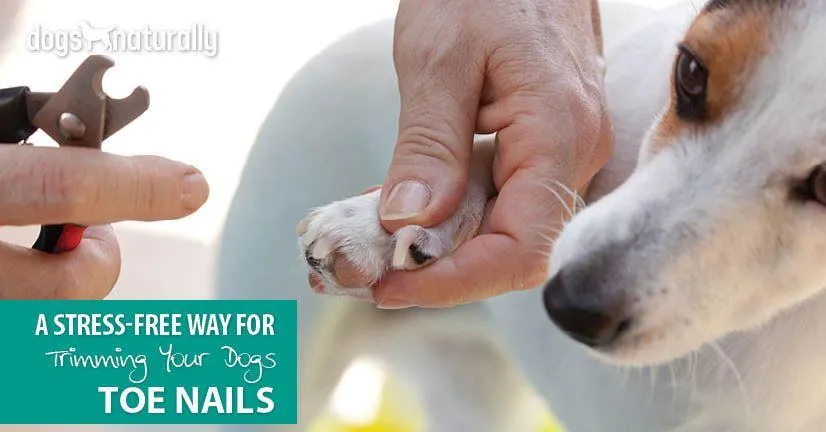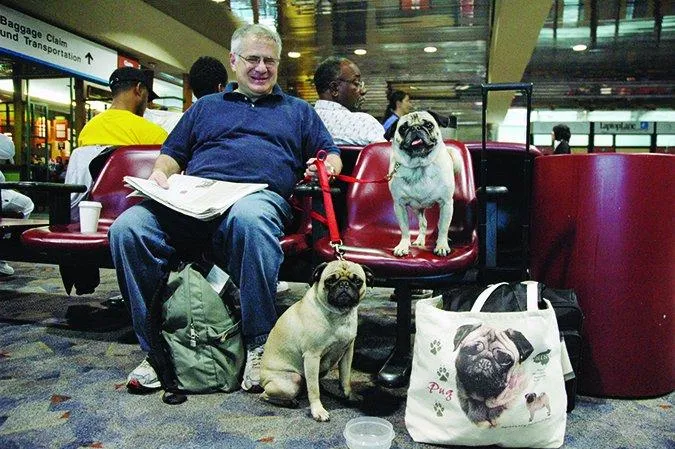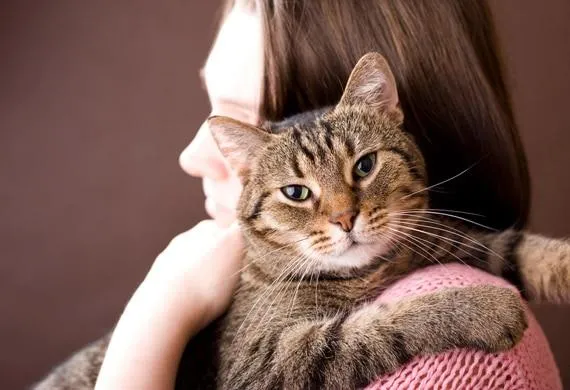The Best Ways to Travel with a Big Pup: Your Large Dog’s Guide to Adventure
Traveling with a large dog can be a real challenge, but it’s definitely possible with some planning. Whether you want to take Fido camping, on a road trip, or even on an airplane, there are steps you can take to make the journey less stressful for both of you. In this guide, I’ll cover key considerations for transportation, gear, activities, and more when traversing the open road with your furry friend.
Transportation
- In the car: Secure your large dog in a sturdy crate that’s properly anchored or use a seat belt harness. Both will prevent injury in case of an accident. Stop frequently for breaks so they don’t get carsick or overheated. Bring water, toys, and treats to keep them occupied.
- By plane: Most airlines only allow dogs in the cargo hold, so you’ll need to check if they take large dogs. A vet check may be required, and the kennel must fit under the seat in front of you. Make sure to acclimate them to kennel training before flying.
- Public transit: Buses and trains often ban large dogs or charge high fees. Consider rideshare services that allow pets instead. Always contact the operator first to verify policies for canines over a certain weight.
From my experience, traveling by car provides the most control over your dog’s environment and comfort. But flights can work if you prepare properly. Just be flexible, as things don’t always go according to plan when pups are involved!
Gear and Supplies
Pack the essentials like:
- Kennel or crate – Invest in durable metal or heavy-duty plastic. Look for airline certification if flying.
- Leash, collar, and ID tags – Include vaccine records if crossing state or country lines.
- Food, water bowls, and cleaning items – Bring plenty just in case stores are sparse at your destination.
- Toys and chews – Keep them occupied during downtime to prevent boredom or stress.
- Vet records and medications – In case of emergencies on the road.
- First aid kit – Stock bandages, antiseptic, tweezers, etc. You never know when paws may get cut.
Also, don’t forget a portable chew-proof water bottle, poop bags, and blanket or bed for the pup! Proper supplies alleviate many potential problems.

Accommodations
When booking lodging, consider:
- Pet policies – Hotels, motels, and home rentals have varying rules for large breeds.
- Cleanliness – Make sure areas are thoroughly disinfected if previous guests had pets.
- Outside access – Will your pup have a place to relieve itself practically and securely?
- Noise level – Avoid busy areas if your dog is anxious or easily overstimulated.
- Deposit – You may have to pay extra for potential damage from extra large paws!
Websites like BringFido.com list pet-friendly places. Camping is also great for big dogs with more outdoor space. Just follow all park rules. Flexibility is key when dogs are in tow.
Activities and Enjoying Nature
Lots of outdoorsy things to do with large companions:
- Hiking trails – Stick to flatter routes if they’re not high-energy. Bring water and take multiple breaks.
- Beach trips – Many public beaches allow dogs but always check regulations first. Go at less busy times.
- Dog parks – Socialize if your pup enjoys playing, but go during quiet hours if shy or anxious.
- Sightseeing – Gentle giant dogs can tag along for low-key walks downtown and casual exploring.
- Picnics in parks – Pack poop bags and keep a close eye, as not all areas welcome canine company.
The key is choosing activities matched to your pup’s personality and energy level. Exercise them well before longer car trips or help them nap comfortably en route. A tired dog is a happy travel buddy!

So in summary, with proper preparation of transportation, supplies, accommodations, and things to do, taking large dogs on vacay is totally doable. It may require more effort but seeing the joy on their goofy faces makes it all worthwhile. Safe travels to you and your furry friend!
Factors to Consider When Traveling Long Distances with Your Large Dog
| Consideration | Details |
|---|---|
| Vehicle Size | Larger vehicles like SUVs or minivans provide more legroom and cargo space for your dog to sit or lay down comfortably. |
| Seatbelt/Harness | Using a seatbelt or harness prevents injury to your dog and others in the vehicle if you suddenly brake or get into an accident. |
| Crate | A properly sized secure crate provides safety and prevents distraction for all passengers. Consider one that is easy to load and fits well in your vehicle. |
| Breaks | Schedule regular 10-15 minute breaks every few hours so your dog can walk, play, eat and go to the bathroom. |
| Water & Food | Bring along fresh water, bowls and any food your dog normally eats to limit stress and discomfort during the trip. |
FAQ
-
What is the best way to transport a large dog in a car?
Basically, the safest way for a large dog to travel in a car is in a crate. Crates provide plenty of space for big dogs to stand up, turn around, and lay down comfortably. At the same time, crates keep dogs secure during travel so they don’t distract the driver. However, some large dogs may feel a bit cramped in a crate.
-
Is it okay to let a large dog ride unrestrained in the car?
Kind of no – large dogs not restrained in a car can become projectiles in a collision. Even if harnessed, a 70+ pound pup could still jerk the driver unexpectedly. Perhaps a harness plus tether to the seat is a fair compromise, but is it worth the risk? Safest is a crate or sticking Fido in the back with a partition. On the other hand, some argue crating causes anxiety.
-
What preparations should be made for a long car ride with a large dog?
Basically, you’ll want to make sure your pup is comfortable. Bring water, their favorite toys, and snacks. It also couldn’t hurt to stop occasionally and let them stretch their legs. Appears boredom is the biggest issue on long hauls. Maybe mix it up with training games or play some calming music or podcasts. Is that enough though? Who knows, your dog may have their own opinions!

-
How can I prepare my dog for travel in the car?
Get your dog accustomed to the car well before a big trip. Bring treats and act really excited when getting in and going for short drives. Over time, build up distance to get Fido comfortable. It’s also a good idea to get them used to things like harnesses, crates, and tethers before travel day. Do lots of training and positive reinforcement to develop happy car memories! Nevertheless, some dogs never fully adjust – maybe they get motion sick?
-
What to do if my large dog gets carsick?
If your pooch barfs a lot in the vehicle, tire tracks may not be the only thing left behind! Try giving them ginger chews, rolling down windows a crack, or using calming collars and sprays. Stay positive and don’t punish or scold after the fact. Could also help to feed them a smaller, bland meal before trips. Distract with toys, give plenty breaks, and see if motion sickness meds or acupuncture helps. On the other hand, some pups just can’t handle travel – you do what’s best for your pup!
-
How should I prepare for potty breaks when traveling long distances with a large dog?
Gotta plan those potty stops when going cross-country with a big pup. Pack baggies, choose routes with grassy rest areas, and know hotels that accept large dogs. Make a schedule so they don’t have “accidents” in your car. You may need to pull over more frequently than with a small dog – those big bladders can only hold so much! In any case, keeping travel days fun and comfortable for your dog makes the miles fly by for you both.
-
What other travel tips are important for transporting a large dog?
Bring their favorite blanket or bed for resting stops. Pack any medications plus vet records in case of emergency. Consider doggy seat belts or barrier for separation anxiety. Maybe muzzle train too, just in case. Don’t forget licenses, tags, and microchips! Oh, and make sure your pup is freshly groomed and disease-free before traveling elsewhere – you don’t want fleas hitching a ride. It’s also good manners to prep folks you’re visiting about bringing your big furry friend. Safe travels!

